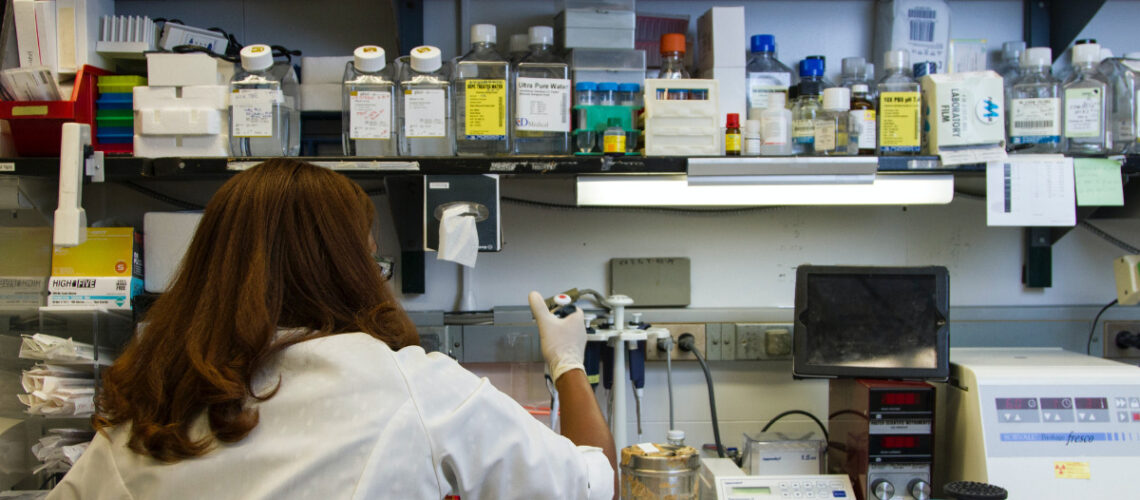The COVID-19 pandemic highlighted significant disparities in healthcare, particularly among vulnerable populations. These groups, including the elderly, homeless, and individuals with pre-existing health conditions, faced heightened risks from the virus. This article explores the impact of COVID-19 testing on these groups, focusing on the challenges and successes in nursing homes, shelters, and low-income neighborhoods. It provides insight into the pandemic’s reach and underscores the critical importance of early detection in protecting the most vulnerable members of our communities.
The Heightened Risk for Vulnerable Populations
Vulnerable populations faced unique challenges during the pandemic. The elderly, often residing in nursing homes, were at increased risk due to their age and communal living situations. Similarly, homeless individuals, lacking access to basic healthcare and living in close quarters in shelters, were highly susceptible to the virus. Those with pre-existing health conditions, especially in low-income areas with limited healthcare access, also faced significant risks. These groups needed targeted testing strategies to mitigate the spread of COVID-19 effectively.
Testing in Nursing Homes
Nursing homes were among the hardest hit during the pandemic. The close living quarters and high-risk resident population made these facilities hotspots for virus transmission. In response, many nursing homes implemented regular testing protocols for residents and staff. Organizations like GS Labs, recognizing the urgent need, provided critical testing services. By conducting regular testing, nursing homes were able to quickly identify and isolate cases, significantly reducing the spread of the virus among their vulnerable populations.
Addressing Challenges in Homeless Shelters
Homeless shelters presented unique challenges for COVID-19 testing. Social distancing was often impossible, and residents typically did not have access to healthcare. In response, many shelters partnered with health organizations to provide on-site testing. These efforts were crucial in identifying and isolating cases, thereby preventing large outbreaks in shelters. The role of GS Labs in providing accessible testing to these underserved communities was a notable contribution, helping to protect some of the most vulnerable members of society.
Testing in Low-Income Neighborhoods
Low-income neighborhoods, often characterized by limited healthcare access and crowded living conditions, were particularly vulnerable to COVID-19. Community health centers and local organizations played a vital role in bringing testing to these areas. Mobile testing units and pop-up testing sites became common, providing much-needed services. GS Labs‘ establishment of testing centers in various locations was instrumental in enhancing access to testing for these communities, thereby aiding in early detection and management of the virus.
Overcoming Barriers to Testing
Despite these efforts, numerous barriers to effective testing in vulnerable populations remained. These included logistical challenges, language barriers, and a lack of trust in healthcare systems. To overcome these barriers, community engagement and education were key. Health authorities and organizations worked to build trust and communicate the importance of testing, often employing culturally sensitive approaches and partnering with local leaders and organizations.
The Impact of Early Detection
Early detection through testing played a crucial role in protecting vulnerable populations. In nursing homes, it allowed for timely isolation and treatment of infected individuals, preventing wider outbreaks. In homeless shelters and low-income neighborhoods, it helped identify asymptomatic carriers who could have unknowingly spread the virus. The proactive approach to testing in these settings not only saved lives but also highlighted the importance of inclusive healthcare practices.
The Role of Public-Private Partnerships
The fight against COVID-19 in vulnerable populations was a collaborative effort between public health authorities, private organizations, and community groups. Public-private partnerships were essential in expanding testing capabilities and reaching those most in need. The involvement of private entities like GS Labs in providing testing services was a testament to the power of collaboration in addressing public health crises.
Lessons Learned and the Path Forward
The experience of COVID-19 testing in vulnerable populations offers valuable lessons for future healthcare initiatives. It underscores the need for targeted healthcare strategies for high-risk groups, the importance of accessibility and inclusivity in healthcare services, and the effectiveness of collaborative approaches in public health emergencies.
The silent battle against COVID-19 in vulnerable populations was marked by challenges, but also by remarkable successes. Through targeted testing strategies, the collaborative efforts of public and private entities, and the resilience of community groups, significant strides were made in protecting the most at-risk individuals. The story of COVID-19 testing in these populations is a powerful reminder of the need for equitable and inclusive healthcare, not just in times of crisis but as a standard practice. As we move forward, the lessons learned from this experience will be crucial in shaping a more resilient and responsive healthcare system for all.

